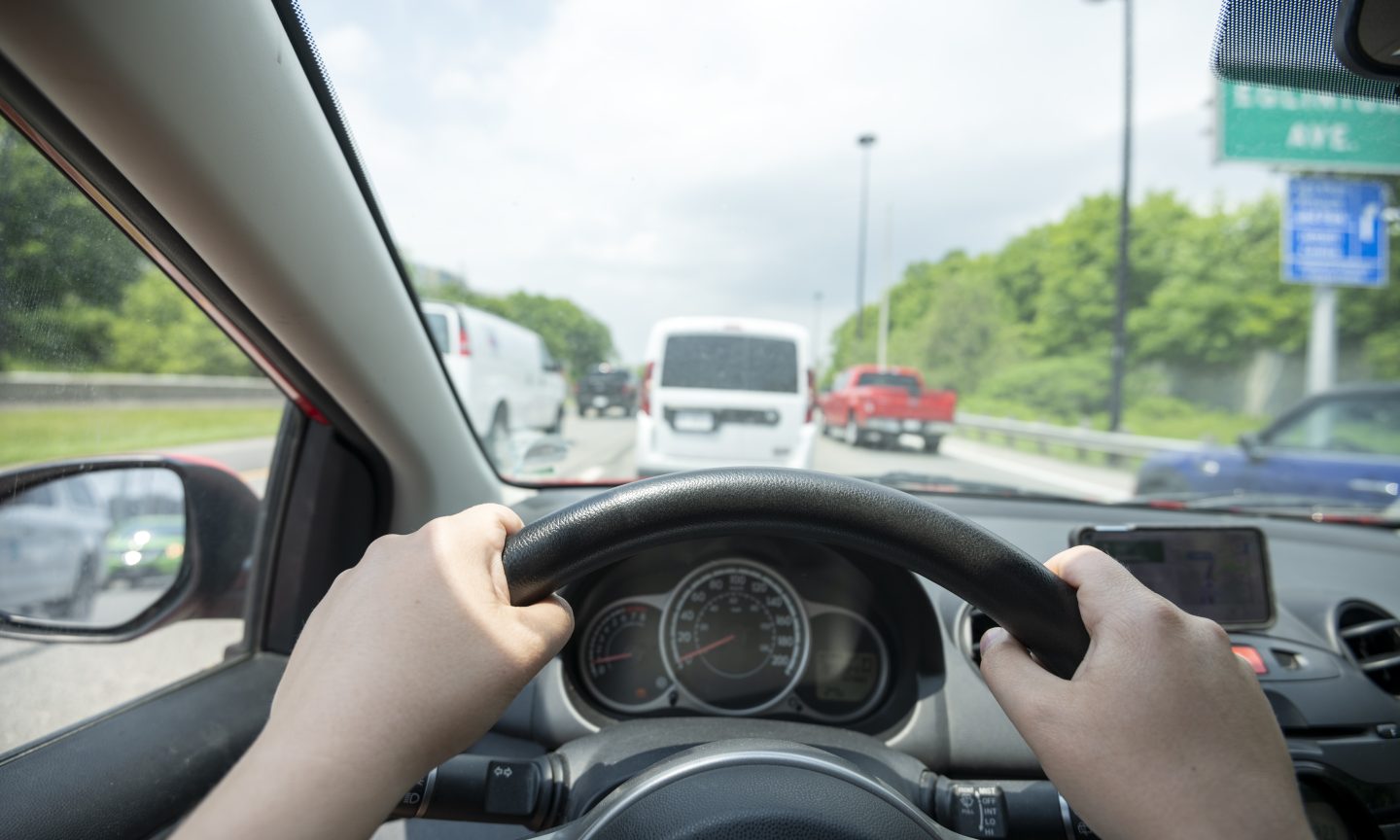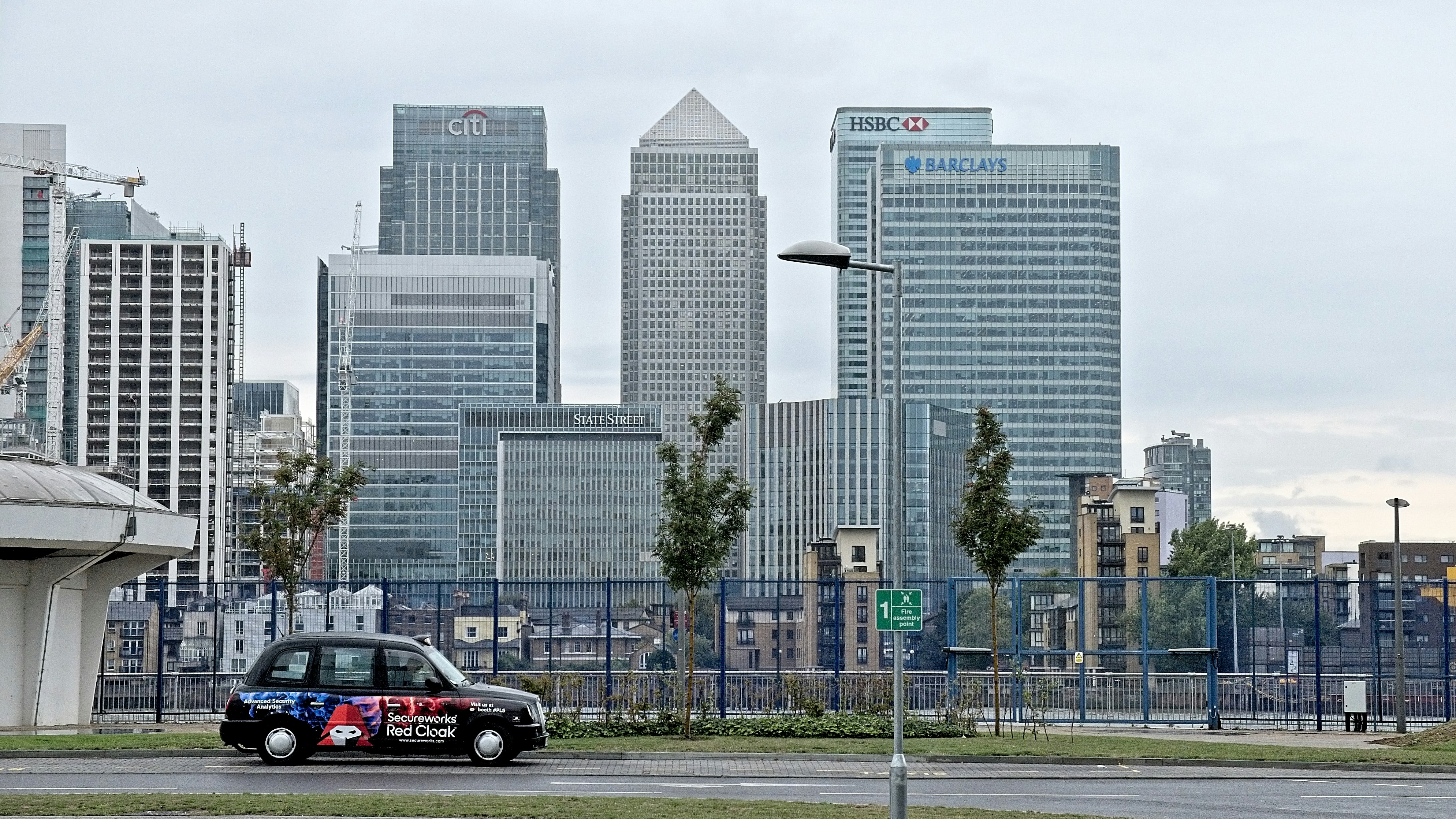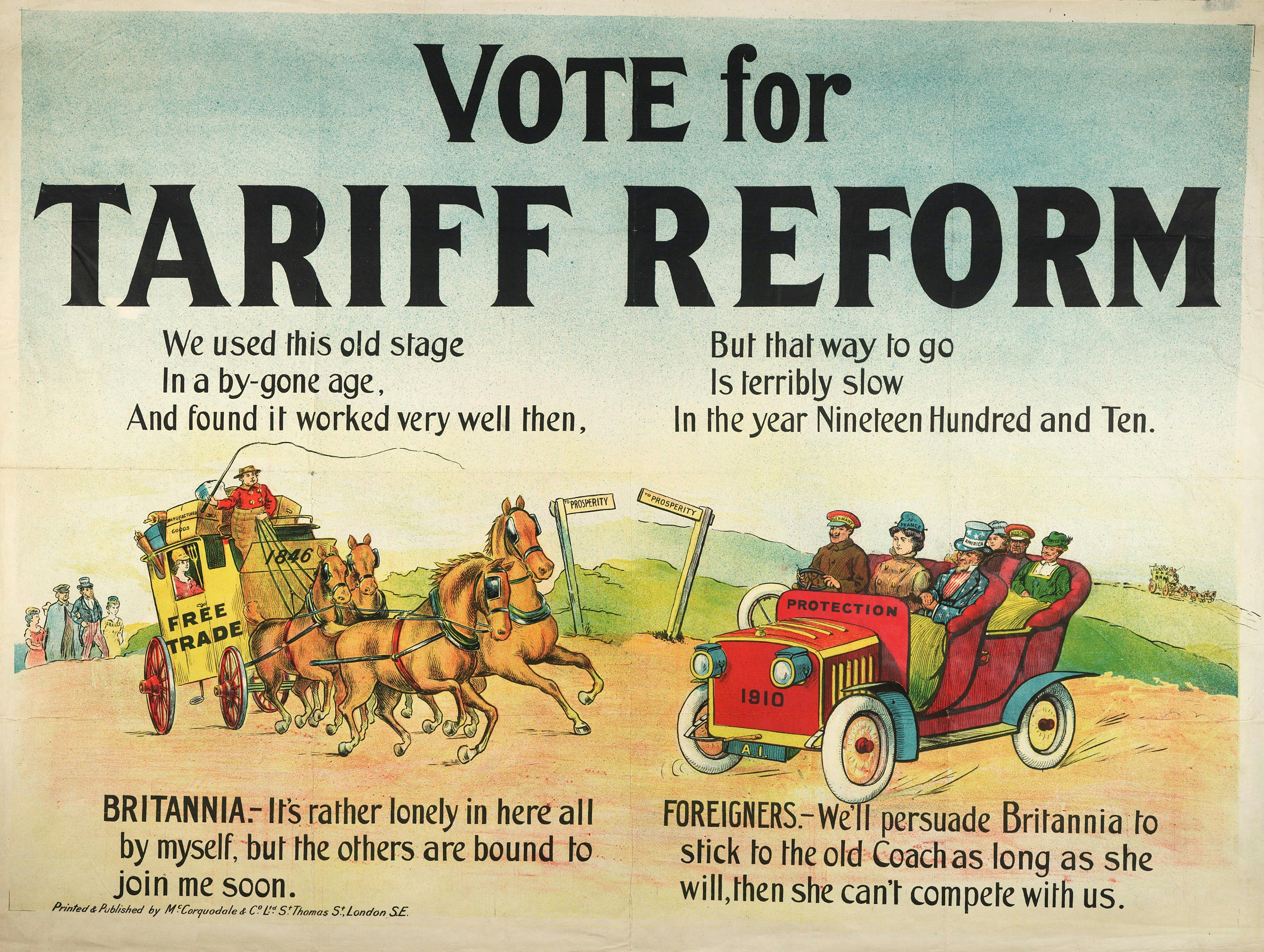
Individuals who drive to work day in and day trip have possible grown weary of listening to concerning the development (after which partial reversal) of working from residence. The rising prices of their commute little doubt add insult to damage.
The share of individuals working from residence elevated dramatically in 2020 and stays larger now than earlier than the pandemic. However the overwhelming majority of U.S. workers — 77% of them — nonetheless commute. That’s 124 million staff on the street in 2022, based on lately launched American Neighborhood Survey knowledge from the U.S. Census Bureau. That is at a time when automobile possession prices are up significantly.
In-person staff are much less more likely to be excessive earners. Jobs in lower-earning service and manufacturing industries can’t be performed remotely like these in lots of tech {and professional} fields. Decrease relative wages make elevated commuting prices powerful to deal with (together with sharing the street once more with higher-earning staff getting known as again to their perk-rich workplaces).
Commuter numbers rise by 7.5 million in 2022
The variety of commuters — these driving themselves or carpooling — has begun recovering from the pandemic decline however hasn’t reached pre-pandemic ranges, based on American Neighborhood Survey knowledge. In actual fact, although the overall variety of staff in 2022 exceeded the variety of staff in 2019, the variety of commuters nonetheless stays decrease.
That mentioned, greater than 124 million Individuals commuted in 2022, accounting for 77% of staff. Although some distant staff are being known as again to the workplace, it’s extensively believed that working from residence will stay extra frequent now than it was earlier than 2020. Even so, commuters will lengthy outnumber telecommuters.
Commuter autos attain 116 million as possession prices rise
In 2022, Individuals used 116 million autos of their commuting, up from 110 million the 12 months prior, based on the U.S. Census Bureau knowledge. And through that point, the prices related to these autos had been rising significantly.
The prices of proudly owning a automobile grew at a double-digit charge each month from April 2021 to November 2022, based on this NerdWallet Car Possession Prices Index. That development has slowed in 2023, however gas costs proceed to carry it aloft. Possession inflation was 11% in September. And since 2019, the prices — together with gasoline, repairs and upkeep, parking, insurance coverage and licensing prices — have risen 35%.
Commuter cost-saving methods
When you’re among the many hundreds of thousands of commuters on U.S. roadways, you’ve possible seen these traits in actual time, as morning visitors throughout COVID ebbed to nonexistent, and slowly rebuilt to just about pre-pandemic congestion. Whereas we don’t have the census knowledge for 2023, if you happen to’re driving in rush hour, you may possible guess what these numbers will present.
Commuting prices cash and priceless time. Clearly, in case your employer is agreeable to a hybrid association of some work-from-home days and a few within the workplace, you may lower a portion of all of those prices. However that isn’t all the time attainable, and the merciless irony is it’s usually the lower-paying jobs that require a commute.
Chipping away at your commuter bills can really feel just a little like doing dishes or laundry — there’ll all the time be extra. However there are just a few comparatively low-effort methods to make sure you’re not paying greater than that you must be.
1. Store round for automobile insurance coverage
Auto insurance coverage charges have skyrocketed over the previous few years, however solely about one-fourth of Individuals store for auto insurance coverage regularly, based on a March 2023 NerdWallet survey. Reevaluate your coverage occasionally: Ask your present insurer about reductions you could be lacking, and examine charges between insurers to make sure you’re not overpaying. Additionally, right-size your protection to suit your wants. When you don’t need too little protection, which dangers a major loss within the occasion of an accident, you possible don’t want an expensive coverage in case your automobile is paid on and off its final legs.
2. Refill on gasoline reductions and rewards
Electrical automobile use is on the rise, however the overwhelming majority of drivers are fueling up on the pump. As a result of gasoline accounts for about half of car possession prices, based on NerdWallet’s evaluation, take into account utilizing an app to make sure you’re frequenting the stations with the bottom costs. When you’re loyal to 1 gasoline station or grocery retailer/gasoline station combo, look into their loyalty packages. Exxon Mobil, for instance, affords factors for buying gasoline and in-store objects, and the factors will be redeemed for gasoline financial savings. Kroger, a nationwide grocery chain, affords one gas level per greenback spent of their shops, and each 100 gas factors earn a 10-cent low cost per gallon of gasoline.
3. Use bank card reward classes
Rewards bank cards can present money again or factors to your gasoline. Some supply bonus classes on a quarterly foundation, the place you may get as a lot as 5% money again for gas purchases. Others enable you, the cardholder, to decide on the reward class so you may customise your personal gasoline rewards card.
4. Carpool
Splitting the prices of the drive can have a dramatic influence. When you’re uncertain what to cost, divide the quantity you spend on gasoline per workweek by the variety of passengers, and add a bit. In spite of everything, gasoline is simply one of many prices of your commute. Sharing your automobile with a pal or coworker is a troublesome promote for some of us, notably these of us who use our drive time to compensate for podcasts or singing classes. However 9% of U.S. staff carpooled in 2022, based on census knowledge, so maybe it’s a matter of discovering the fitting passenger — one who can harmonize.
Methodology
The Car Possession Prices Index consists of knowledge from the buyer worth index of the Bureau of Labor Statistics for automobile restore and upkeep items and providers, licensing and registration prices, auto insurance coverage, gasoline, parking charges and tolls. These measures are weighted based on expenditure shares within the 2022 Shopper Expenditure Survey of the BLS.
The U.S. Census Bureau didn’t publish comparable 2020 1-year estimates for the American Neighborhood Survey, and subsequently that 12 months was excluded on this knowledge evaluation.




